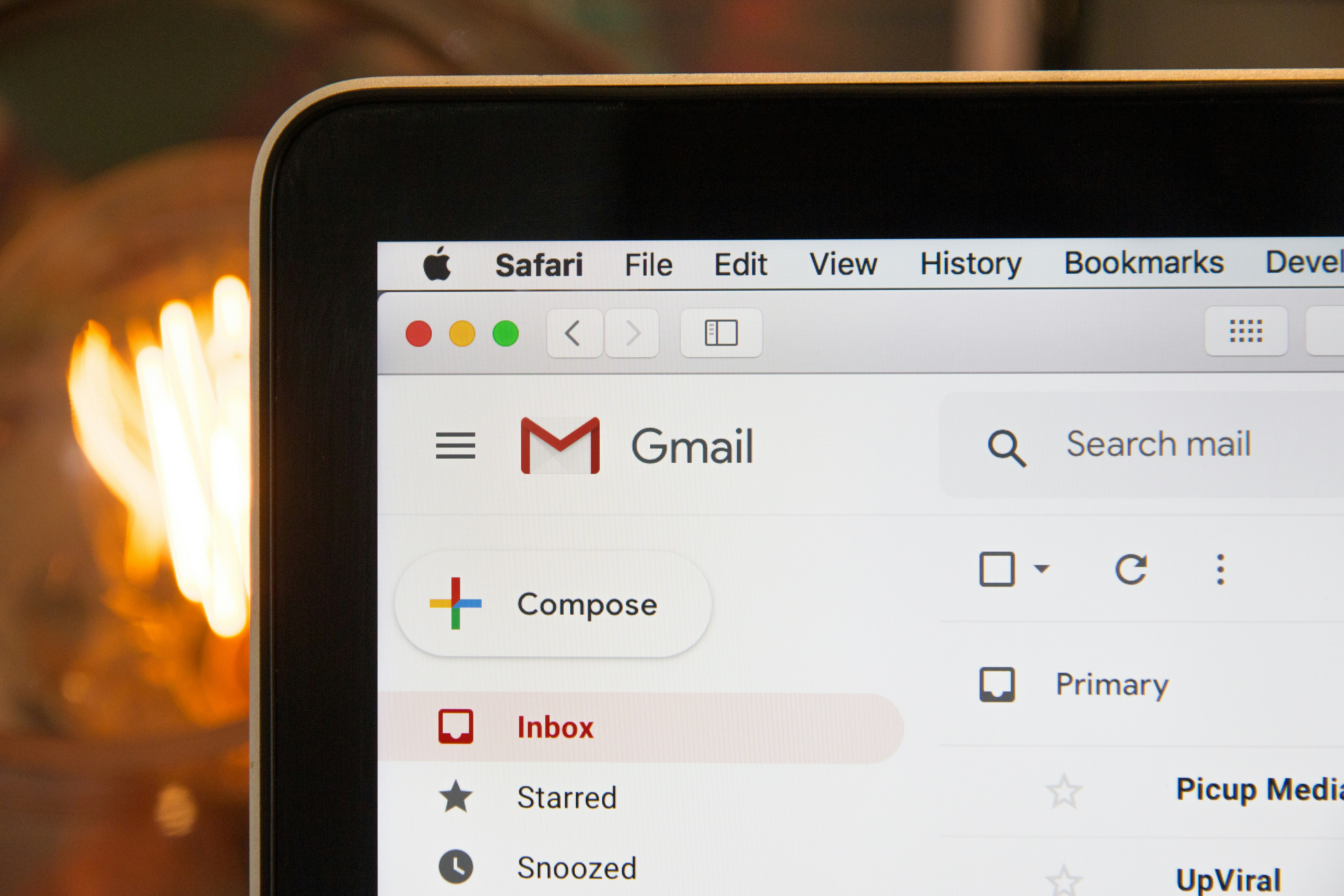- A testimonial from our summer intern, Gabriella Restrepo, on navigating the labyrinth of getting access to one’s health data.
- Read the full article here about her journey as a Norwegian in Spain at the junction of two healthcare systems.
Accessing one's health data is a crucial aspect of managing personal health and making informed medical decisions. In the digital age, accessing personal health data should ideally be straightforward. However, the reality can often be unexpectedly complex and time-consuming.
As part of my summer internship with Livv Health, I was tasked with writing about my first encounter with Spanish healthcare as an international student from Norway. I quickly learned that obtaining medical test results in one country in hopes of presenting them to a general practitioner in another is not as simple as it sounds. This article recounts the steps I took to access my health data from a hospital in Spain, shedding light on the challenges and inefficiencies faced throughout the process.
My journey began with an attempt to access two test results, which included an MRI and a blood test conducted in late May. The initial step involved contacting the hospital where I had these tests done directly. Attempting to document the process in writing, I searched the hospital's website for a contact email without much luck.
Thus, I resorted to making a phone call to the hospital.
Step 1
Initial contact
The hospital patient support responded, clarifying that the departments worked somewhat independently, and I thus had to treat the laboratory and radiology reports as separate matters.
I was told my laboratory results should be displayed on my health insurance, Sanitas' app. However, they admitted the app often encountered errors and kindly provided an email address to contact if issues arose.
For the MRI results, they gave me the phone number of the radiology department, which I was advised to call for further instructions on accessing my radiology data.

Step 2
App issues, Emails, and Phone calls
Unfortunately, the Sanitas app was devoid of my lab results, so I decided to make use of the email address the hospital kindly provided if issues were to arise. I wrote something along the lines of "I need my blood test results, but cannot find them on the app. Please help me.”
I then received a phone call from the hospital, offering to send me my blood test results via email.
Upon receiving the file containing my lab results, I discovered it was password-protected and no password had been provided.
Step 3
Accessing Blood Test Results
Yet another call revealed that the password was simply my date of birth. Finally, I had access to my laboratory data, marking the end of my two-part journey.

Step 4
Contacting Radiology. More App Issues, and more Phone Calls.
The process for accessing MRI results was even more cumbersome
In my call to the Radiology department, I was instructed to download the hospital's app to view my MRI results. However, I encountered issues registering due to errors in the ID scanning process.
So, I placed what must have been the fifth call since I began the process. Attempts to resolve the registration issue via the provided customer service number were unsuccessful. I was put on hold twice for the better part of an hour and eventually hung up.

Step 5
Email Exchanges, more technical roadblocks
Frustrated by the challenges of getting hold of Customer Service, I began an email chain with Technical Support explaining the issues and requesting assistance. The replies highlighted further complications:
Technical support informed me that in-app registration required a Spanish ID, which I do not have, and suggested I try using my phone number.
However, it appeared my foreign number could not be used for the same reason.
Step 6
Obtaining my Radiology Report
After some back-and-forth, I requested the MRI results via email. Technical support agreed to expedite the process due to the circumstances, and eventually, the MRI results appeared in my spam folder, along with the necessary access code.

Three days later, with the contribution of 8 different people and nearly two hours spent in phone calls, I finally had my results.
The process of accessing my health data was fraught with obstacles and involved a lot of persistence, serving as a testament to the inefficiencies that can plague healthcare data management. The frustration I felt was palpable, particularly when something as simple as my D.O.B. being the access password could have been communicated earlier.
The experience left me pondering how the process could have been further complicated had there been a language barrier, as there often is with international students like me. What if I had been an older person with less capacity to keep track of various streams of confusing information? Bear in mind, I am a healthy, non-disabled person, whose schedule allowed for this time-consuming, tedious process. Thankfully, I did not need my medical test results acutely, but not everyone has the same luxuries as I do.
As a patient, I find myself in need of more user-friendly, streamlined healthcare systems. Neither patients nor healthcare personnel should have to navigate a labyrinth to access health data. Instead, systems should be designed to provide an intuitive and efficient healthcare experience - one that minimizes obstacles rather than creating them.
pilot helse
